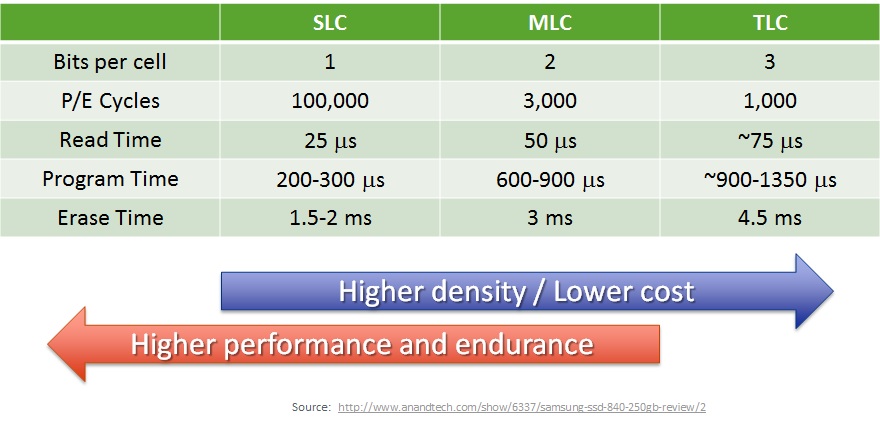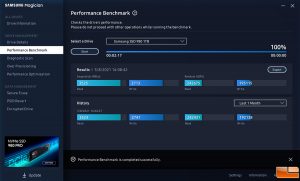

The full range of capacities ship in 2.5" while the M.2 2280 (SATA) scales up to 2TB and the mSATA model tops out at 1TB. The 860 EVO also has three different form factors. However, if you see a 1TB EVO for under $110 or a 2TB model for $200 or less, it's a really good choice. Update (): Nearly two years after its launch, the 860 EVO is still on sale and, if it's on sale, is a good alternative to the Crucial MX500, which remains on our list of best SSDs, because of its more competitive combination of price and performance. That helps compensate for TLC's lower native write performance. The EVO series uses 3-bit per cell (TLC) flash, but it reserves 2.3% of the NAND capacity for background activities and caching. The 860 EVO series comes to market in the same 256GB to 4TB capacities as the 860 Pro we recently tested.

Samsung managed to pull out a few other impressive numbers with the new series, but the price is not one of them.

The hard limit of SATA interface is a factor, so it's more difficult to make the 860 EVO stand out from the competition based on performance alone.

Samsung has made advancements with fourth generation V-NAND, but the other companies have closed the gap. Samsung's V-NAND technology advantage has lessened now that nearly every fab is manufacturing quality 64-layer 3D NAND on a competitive node. The performance, warranty, and endurance specifications usually favor the EVO, but Samsung keeps the price close enough that most shoppers will spend a little more to get a superior product. The company's control of critical components through its internal supply chain gives it an advantage that goes beyond cost. Historically, Samsung has played with the EVO's pricing to position its products slightly higher than the competition. Samsung 860 EVO Sata III 1TB (2TB SSD) at Newegg for $86.63.


 0 kommentar(er)
0 kommentar(er)
